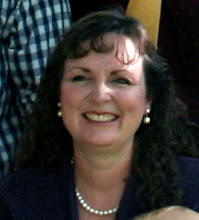Once you have installed PAF on your computer, you will need to create a "new file" and "set up" some preferences. Give the file a name that is representative of its contents. For example in my case I would call the file, "Summers". Next some preference questions will pop up. The default is usually good on most of the questions. There are a few things that I do recommend that be set up.
1 - Include your name as the "prepared by" person. Also include at least one form of contact. This could be an email address or a street address or a phone number or all. The contact information will be printed out on every form you print.
2 - Under the "names" tab, check the box for, "capitalize surnames on screens and reports". I also recommend checking the boxes for "verify surname" and "use fathers surname" . The "mark surnames" box allow you to choose the name order. Select, given name/surname/ unless you have Latin background then check, given name/ surname1 surname2/.
3 - Under the "general" tab, you may choose whether or not to "use LDS data" and to "show LDS data on reports". I also check, "edit marriage when created", "use list when navigating" and "treat enter key as tab".
4 - Under the "format" tab, you will need to select "date entry" as European, (day month, year). I have also chosen "initials" for place. In place level, I chose "smallest toward largest".
When you have finished selecting preferences hit the OK key to save your choices. If you choose to skip the set up process at first or wish to make changes in your preferences later you can alway access the "preferences" found under the "tools" tab on the menu bar at the top of the screen.







